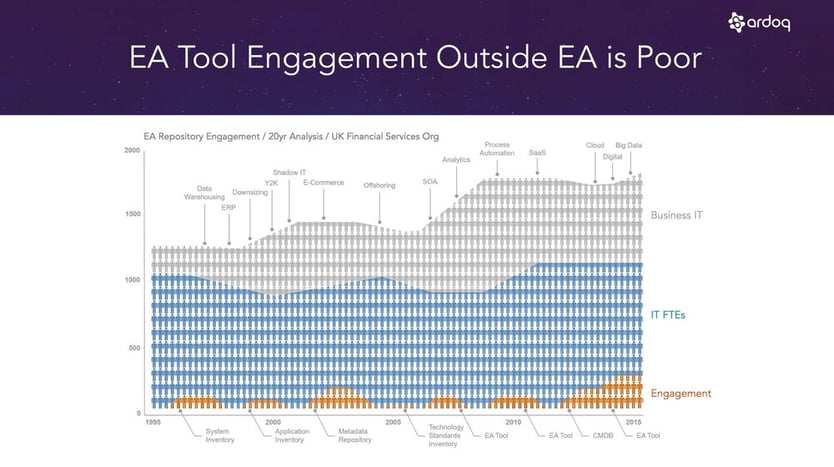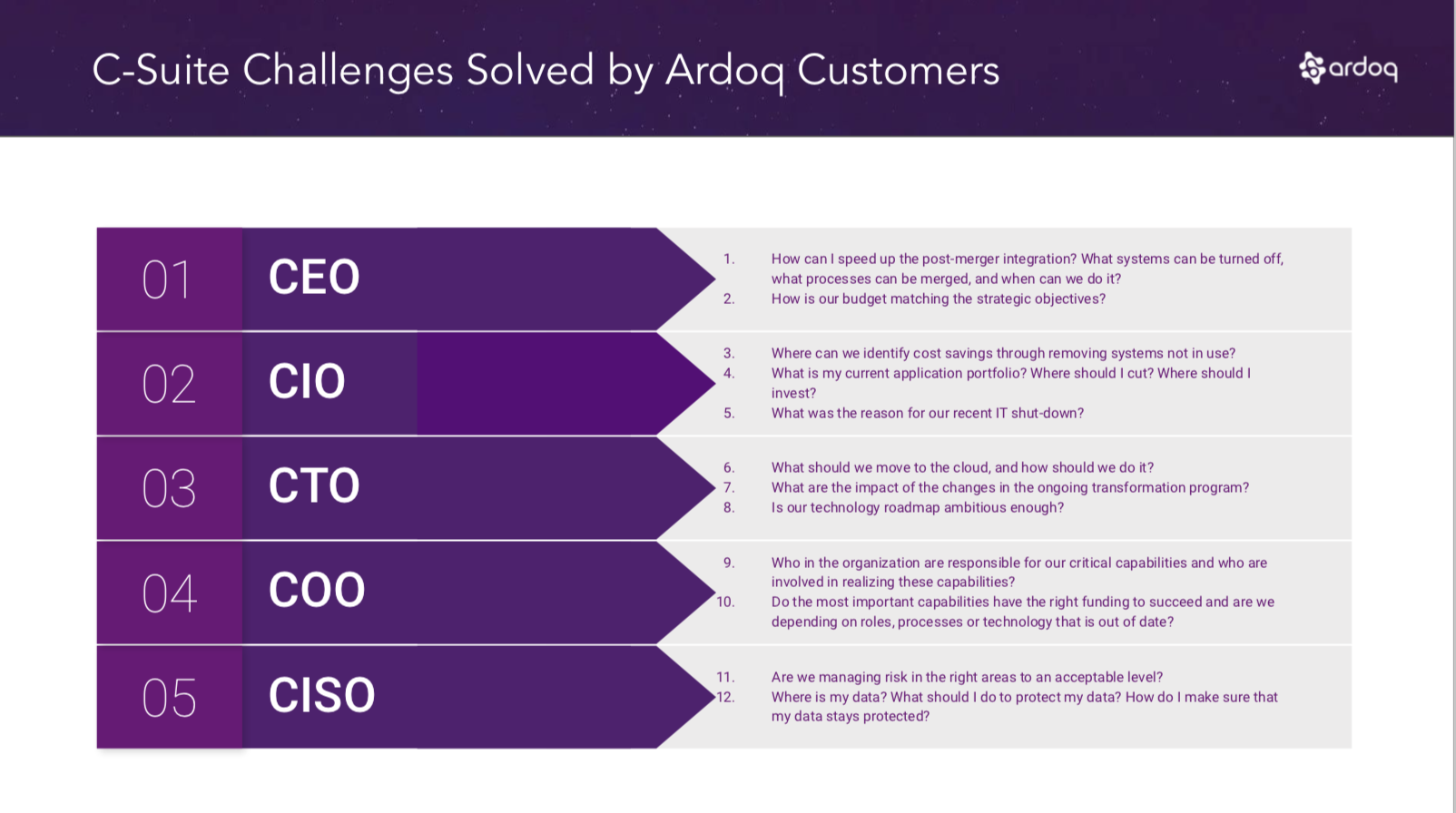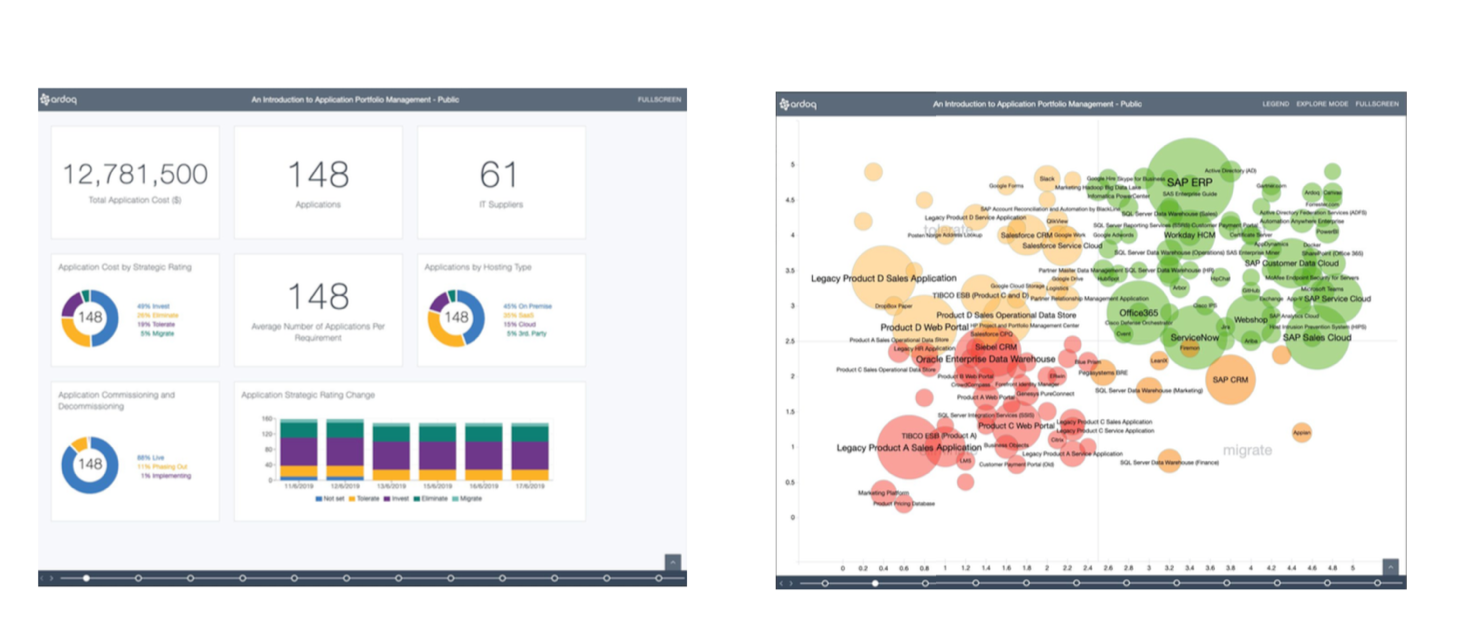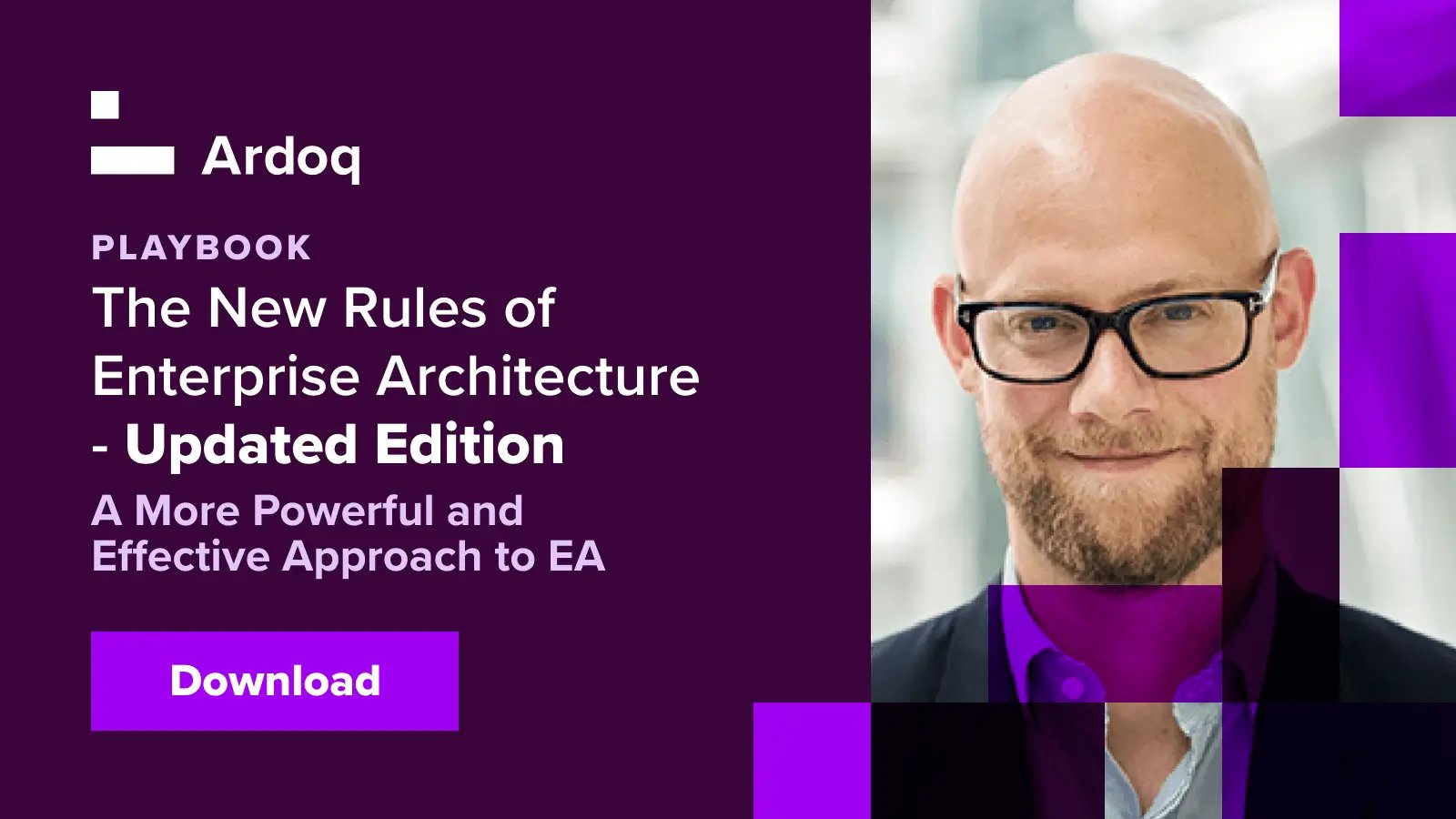Connect with the wider organization through a "pull" strategy.
In physics, the definition of a force is: an interaction that causes an affected object to be pushed or pulled in a certain direction.
From a scientific perspective, pulling is more effective than pushing. Friction experienced by a body is directly proportional to the normal force acting on it. So, when pulling, the force applied reduces the normal and hence the friction and pushing increases it. This applies to Enterprise Architecture (EA) as well.
Documentation of relationships between data, systems, processes and people – albeit not very sexy – it is a critical part of a complex organization that needs to transform and evolve. Any migration, product introduction, merger & acquisition, process development or compliance program is rarely successfully accomplished without.
Enterprise Architecture centers a lot around stakeholder management – both in obtaining insight and delivering it. Enterprise Architects are the Liberos of the organization, with the ability to play anywhere on the field, making terrific passes to those who need to execute goals.
Unfortunately, on average, only about 10% of the insight being produced is consumed by people outside the EA team.
Today, EA’s typically push their insight on to the organization – and very often via complex and academic languages that many non-IT stakeholders have difficulty understanding and consuming. This creates an obstacle in providing the desired business insight, which in turn obscures the true value of Enterprise Architecture.
Enterprise Architects should optimally function as internal consultants supporting business critical projects when needed, by producing valuable, contextually relevant, consumable insight and documentation that can be reused.

In order to reduce the friction, grease the motion and in the end consumption of individually relevant, contextual insight, the product of Enterprise Architecture needs to be understandable, transparent, easily accessible for any part of the organization and preferably based on updated – if not live – data, that can support fact-based decision making on-demand.
Consumable business insight must be the final goal, not complex diagrams or academic frameworks that stakeholders can’t relate to or easily implement. The ROI on Enterprise Architecture has been the holy grail since its inception and creating business value for key stakeholder and the C-suite must be the priority.

The common platform on which EA is produced hence needs to support a collaborative approach, where the barrier for contributors to deliver insight and consumers to retrieve insight is, if not removed, then significantly lowered.

Key takeaways
Going back to the idea of force, the ideal EA software should provide an on-demand pull-effect.
- Organizations need the right tool to build and support the pull-strategy.
- This should be built on modern technology like a graph-database and be purely data-driven. All diagrams and visuals should be automatically built and updated on real time – no more spending time drawing for every new version or perspective.
- It needs to be flexible and customizable, so the data model embraces the organization - not vice versa.
- Insight must be easily shareable through user interfaces that make consumption simple and easy.
- The solution itself should be intuitive to use and continually enhanced based on the customers needs.
we would love to hear your own thoughts and experiences in these areas. Feel free to reach out at contact@ardoq.com or drop us a line on our Linkedin page.
 Ardoq
This article is written by Ardoq as it has multiple contributors, including subject matter experts.
Ardoq
This article is written by Ardoq as it has multiple contributors, including subject matter experts.




/Logos/Ardoq/RGB_Ardoq_Logo_Stacked_White_Monochrome%201.png?width=80&height=77&name=RGB_Ardoq_Logo_Stacked_White_Monochrome%201.png)


